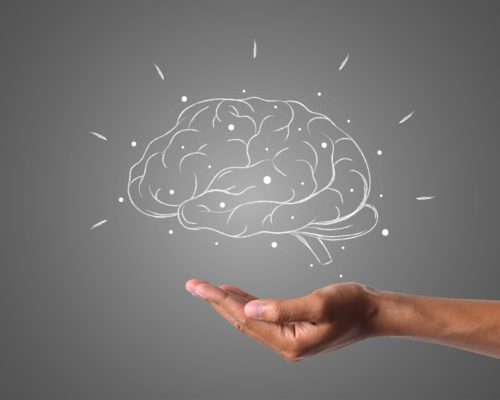Other than physical strategies, the set of strategies that form a crucial part of our resilience tool kit involve the human mind. Our brain is a powerful machine, that controls everything we do, it enables us to do numerable tasks that would make up our daily life- from brushing our teeth, to staying physically fit, sustaining relationships, and doing complex tasks. It continuously senses and processes vast amount of information from the environment into something logical and generates conscious and unconscious thoughts every day that help organize information. Some of these thoughts may foster resilience while others may create stress or challenges. Therefore, it’s imperative to understand that our state of mind, shapes up everything we do.
Like any machine, mind also contains errors that can lead to mistakes in our thinking process about self and others. Therefore, just like we fix other machines, we can also use strategies to identify and correct these mistakes through awareness and intentional practices.
The mental strategies that we need to focus on are:
- effects of thoughts on our feelings and behavior
- ways to identify the cognitive biases (thinking traps) that affect our decision-making
- the reframing strategies used to mitigate cognitive biases.
Consider a situation, your spouse/partner has been out for a week for work and is returning back tonight. He is travelling by road and has to cover a long distance. Before he commenced his journey, he informed you of the approximate time he will reach. When the said time approaches, you look forward to seeing him anytime. But after 1 hour of the scheduled arrival time you haven’t received any call or message and when you try to call him, the phone is switched off. You may think that something terrible has happened (thought). This may result in worry, anxiety and fear, which causes heart rate to increase, loss of appetite etc. You are likely to abandon all other work and just keep calling till you are able to speak to your loved one. Only to find out that their phone ran out of battery and there was lot of traffic on the way. In this example, you can see how your mindset influences your reaction to the situation and triggers a chain of events like worrying thoughts etc. The mindset that something terrible has happened caused the person to jump to conclusions rather than considering all situations.
Therefore, it is helpful to learn to identify our thoughts and recognize why we behave in a certain way. This will also help us to bring change in ourselves. What we must remember is that we can’t always control the stuff that happens to us, but what we can have more control over is our interpretations, our thoughts and our response.
In my next article, we will learn about cognitive biases (thinking traps) and how to mitigate them.
You can reach me at nitika@renewmind.net to learn more.


